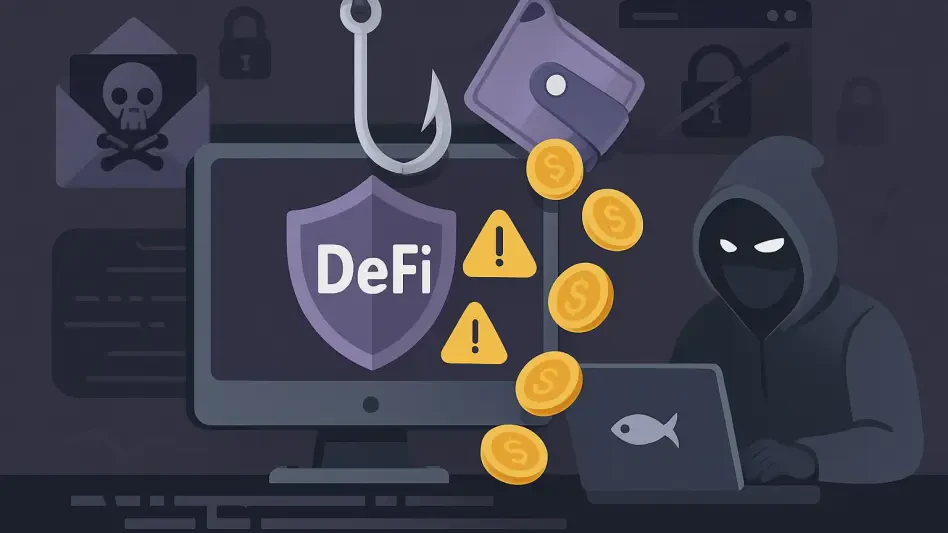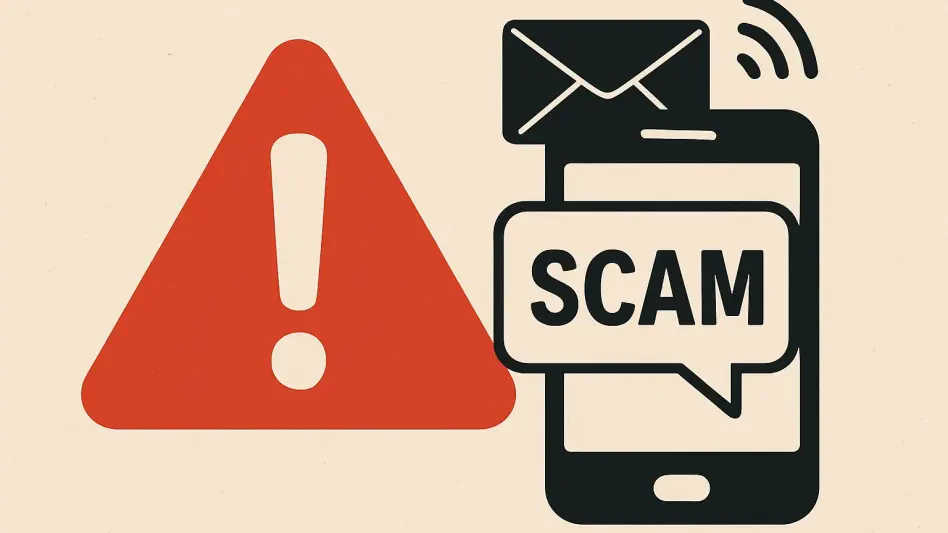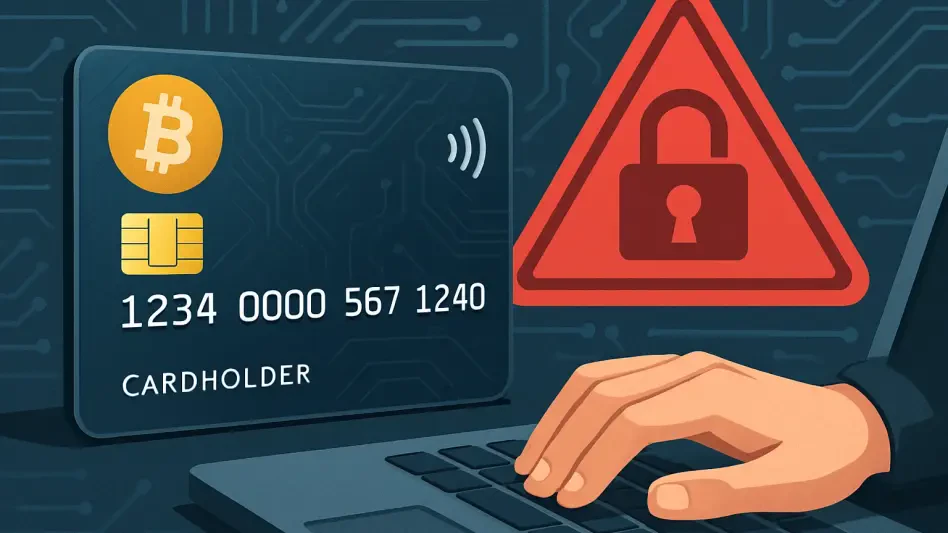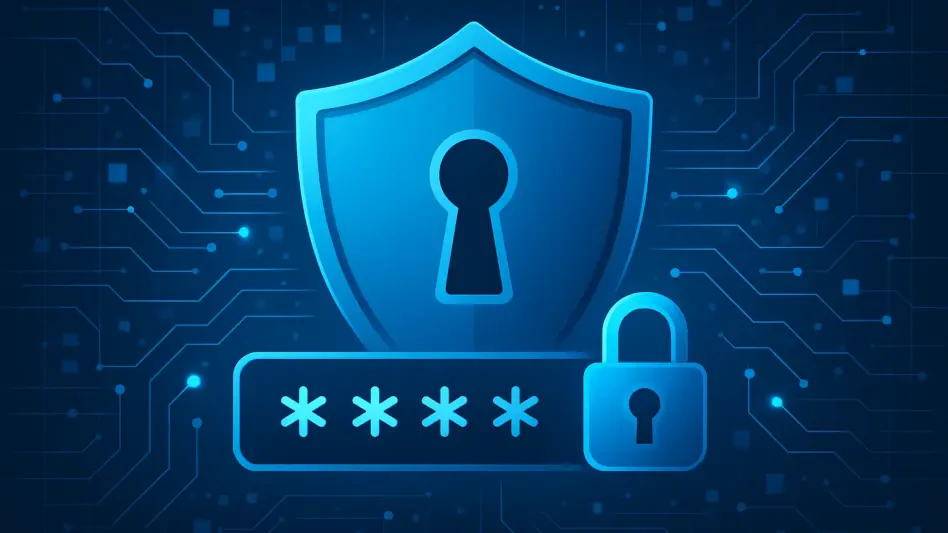In today’s digital age, social engineering exploits human psychology, turning trust and urgency into vulnerabilities. While technical defenses are vital, true security requires awareness and proactive actions. Understanding social engineering and employing protective measures can significantly reduce the risk of being manipulated by these tactics. From scrutinizing unexpected messages to staying informed about the latest scam techniques, there are several steps you can take to fortify your defenses against social engineering attacks.
1. Scrutinize the Unexpected
Social engineers thrive by catching their targets off guard, often posing as trusted entities such as colleagues, banks, or even well-known organizations. They use tactics designed to elicit immediate responses, like claiming account issues or urging urgent action to avoid penalties. To counter this, you need to make verifying information a habit. When you receive messages, emails, or calls requesting sensitive information, confirm the sender’s identity first. This simple step can prevent many phishing attempts and other fraudulent activities.
Inspect links and attachments before clicking on them. Hover over links to see the actual URL and examine them carefully. Malicious links often resemble legitimate ones with minor alterations, such as replacing letters with similar-looking characters. Always take a moment to pause and think before acting. Scammers rely on urgency to cloud your judgment, so avoid making hasty decisions. Trust your gut feeling – if something feels off, it probably is. The combination of vigilance and a skeptical mindset can act as a strong deterrent against most social engineering attacks.
2. Be Cautious About Sharing
Attackers often gather details from publicly available information to craft highly personalized attacks. Oversharing online can make you an easy target, so it’s essential to limit social media exposure. Avoid posting sensitive information, such as your address, travel plans, or workplace activities. Even seemingly harmless posts can provide valuable clues to an attacker. By minimizing the amount of personal data shared online, you reduce the chances that a scammer can use this information against you.
Regularly review and update privacy settings on social media platforms. These settings control who can view your information, making it harder for attackers to gather details about you. Additionally, be wary of quizzes or surveys that ask for personal details; they may be attempts to gather data for attacks. By scrutinizing requests for personal information and adjusting your privacy settings, you can significantly lessen the risk of social engineering attacks based on data harvesting.
3. Steer Clear of Public Wi-Fi
Public Wi-Fi networks are notorious hotspots for cybercriminals who can intercept data through man-in-the-middle attacks. When handling sensitive activities such as logging into accounts or making financial transactions, always stick to secure networks. Use private Wi-Fi or your mobile data connection for these activities to ensure your information remains protected.
Using a Virtual Private Network (VPN) can further secure your online activities. VPNs encrypt your internet traffic, making it significantly harder for attackers to intercept your data. Choose a trusted VPN provider and use it whenever you connect to public networks. Additionally, prevent your devices from automatically connecting to nearby Wi-Fi networks, as this can expose you to risks unknowingly. By taking these steps, you can protect yourself against the inherent dangers of public Wi-Fi.
4. Activate Two-Factor Authentication (2FA)
Passwords alone are no longer sufficient to protect your accounts. Implementing multi or two-factor authentication (2FA/MFA) adds a robust layer of security by requiring you to verify your identity through multiple methods. Choose app-based 2FA/MFA, as authenticator apps generate time-sensitive codes that provide stronger protection compared to SMS-based 2FA, which can be vulnerable to SIM-swap attacks.
Additionally, use unique passwords for each of your accounts and avoid reusing them. A password manager can help you generate and store complex, unique passwords securely. Enable 2FA/MFA on all accounts where it’s available, not just those that seem most important. This reduces the risk of a domino effect where one compromised account can lead to breaches in others. By taking these measures, you significantly enhance the security of your online presence.
5. Stay Educated and Report Suspicious Activity
In our digital era, social engineering exploits human psychology, turning trust and a sense of urgency into weaknesses. While technological defenses are crucial, true security demands awareness and preemptive measures. Grasping the concept of social engineering and implementing safeguards can greatly decrease the likelihood of falling victim to these manipulative tactics. It’s important to scrutinize unexpected messages, verify their authenticity, and be skeptical of unsolicited requests for personal information. Staying updated on the latest scam tactics is another essential step. Regularly educating oneself and others about these fraudulent maneuvers, using strong and unique passwords, and enabling multi-factor authentication can help create a robust defense. Vigilance, combined with sound security practices, is key to protecting against social engineering attacks. By taking these proactive steps, you can significantly enhance your overall security posture and reduce the chances of being exploited.







